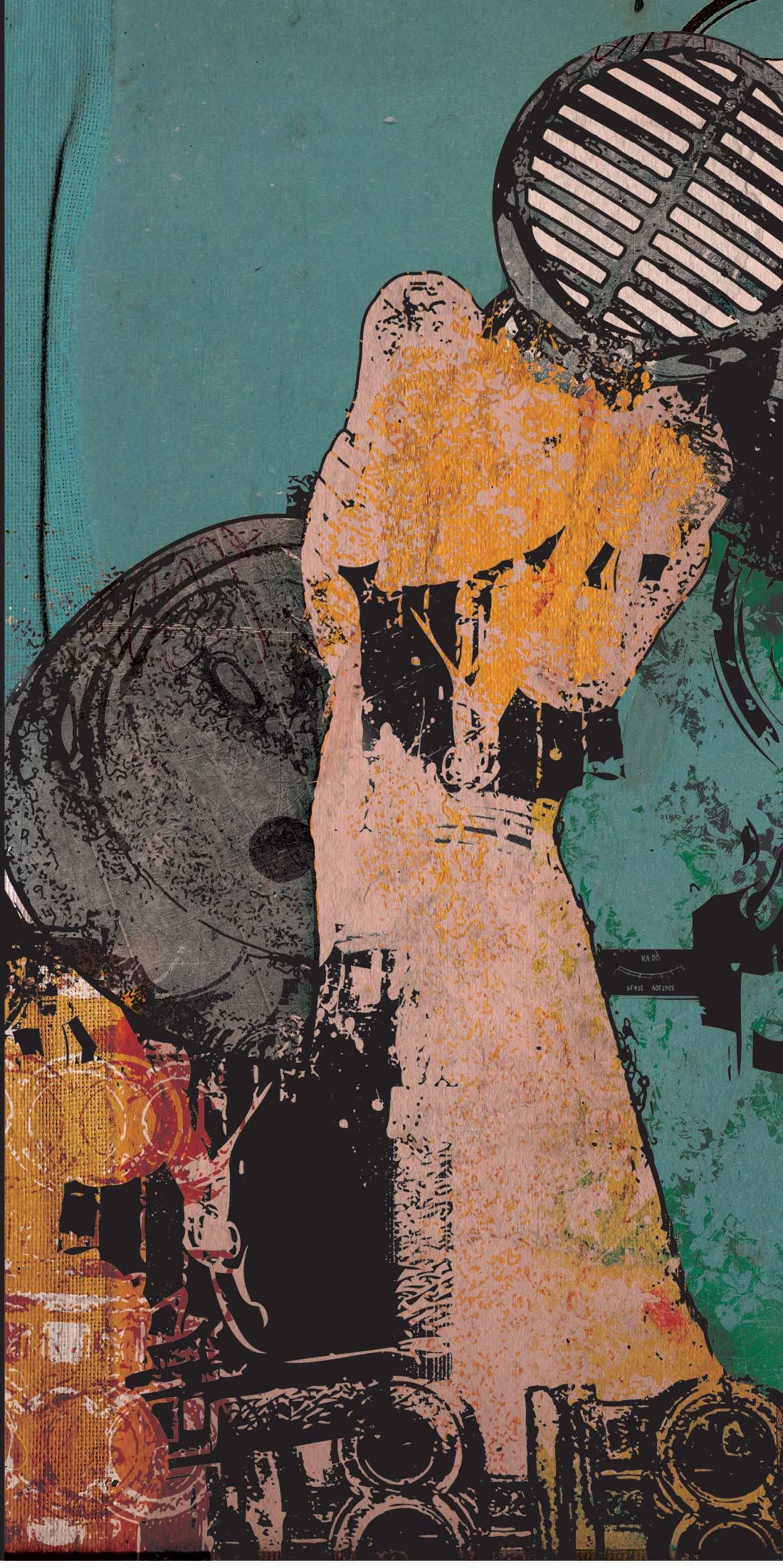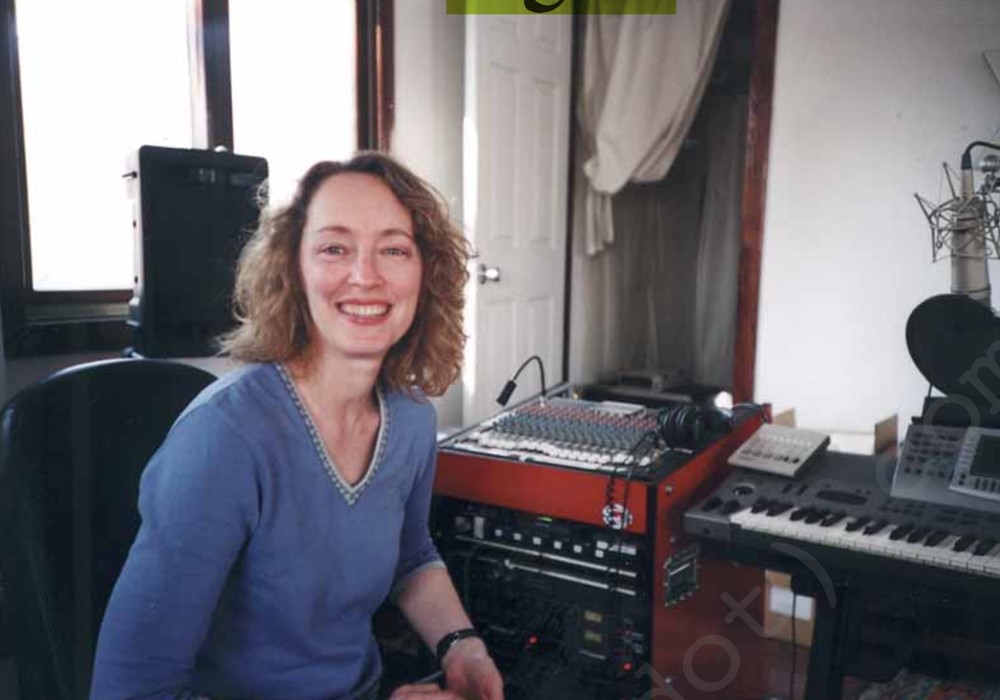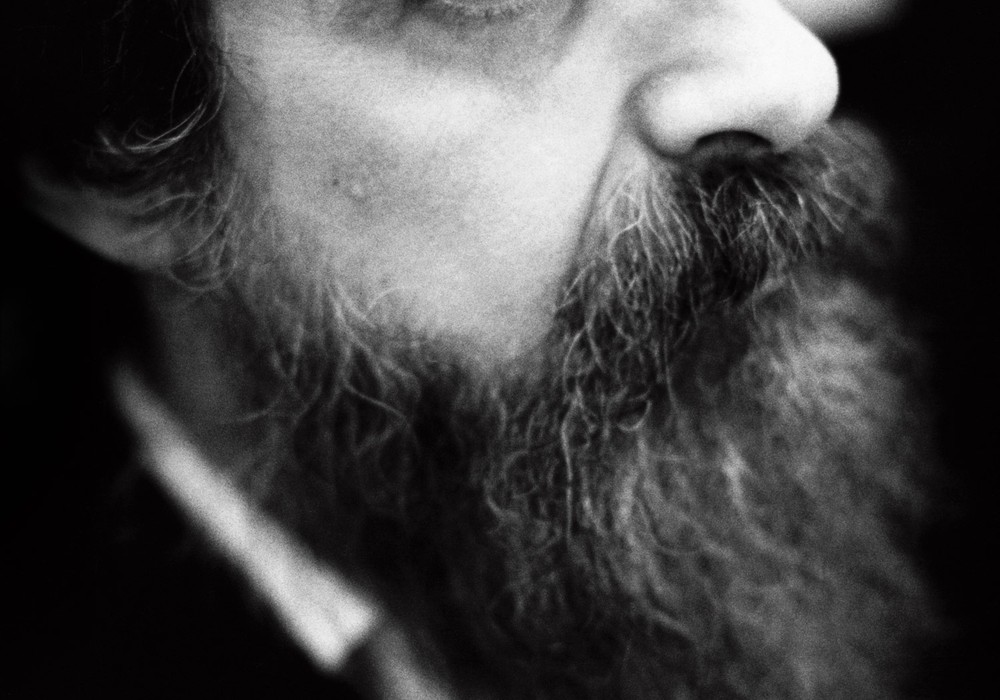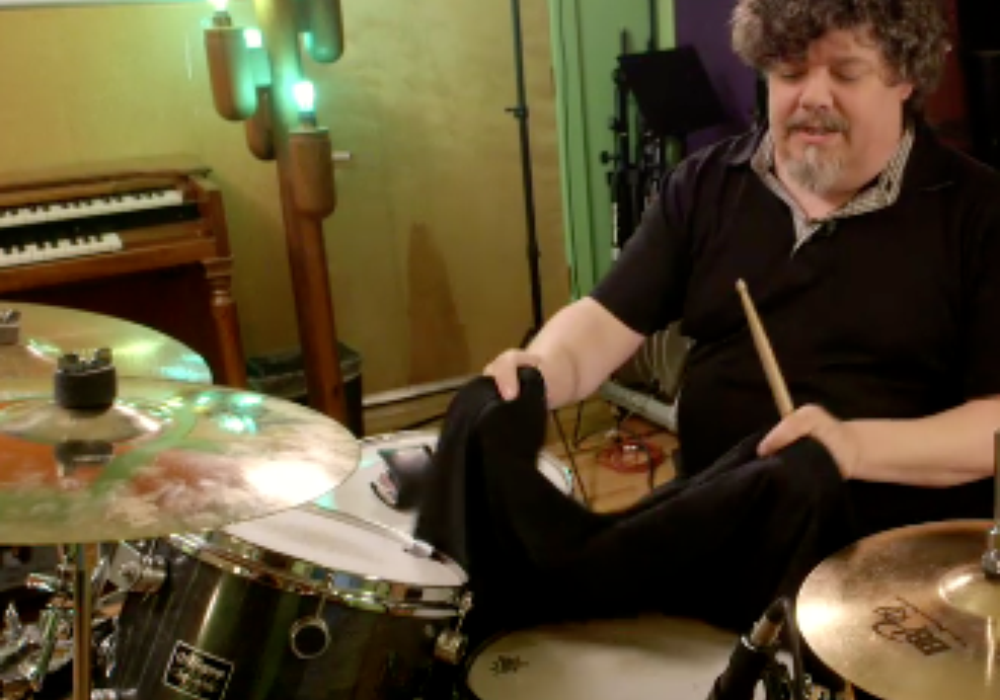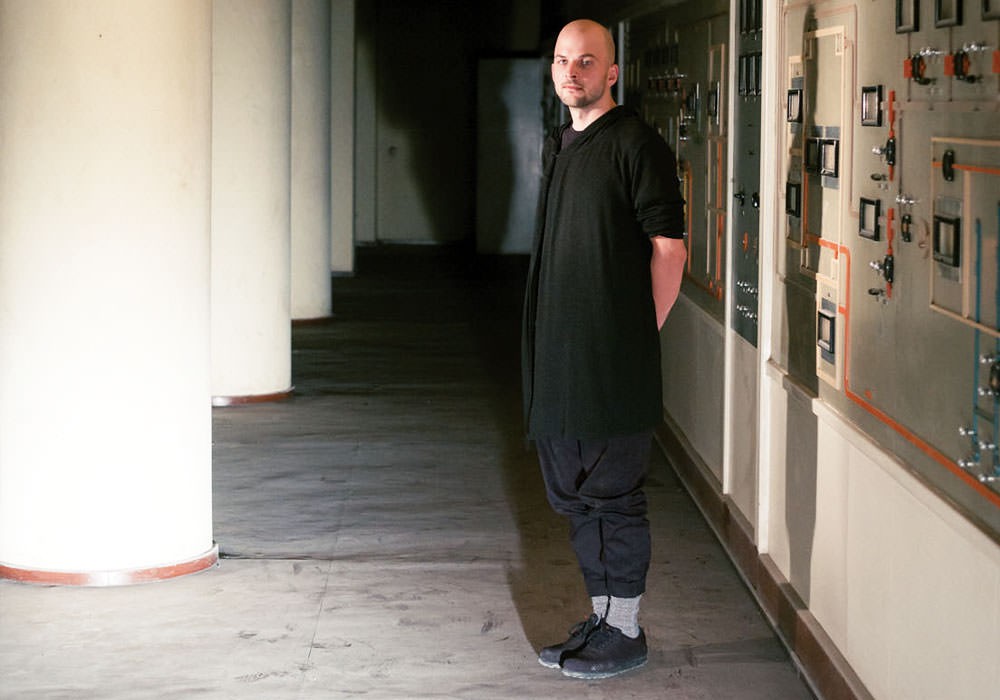Consistency, organization and sonic integrity are important when recording into a DAW. If you are a musician starting a record and you are recording it yourself, here are some things to keep in mind that will keep your computer sessions organized and make it easier to mix your recordings into a great listening experience later on.
1. Some suggestions for the recorder/DAW setup: Record at full 24 bits if possible and don't use compression algorithms (such as those in the Roland VS-2480). Drives are cheap, and you'll never get those bits back. Set it to at least 44.1 kHz as well, higher if your computer's CPU can handle it. 96 kHz is probably good enough these days, in my opinion. 48 kHz is slightly better than 44.1, but you have to convert mixes to make reference CDs if staying in the digital realm. Keep the sample rate the same for the whole project.
2. Always label audio tracks before recording. This way all the files you create will have that track name as well. Rename all earlier audio files to match the track label. A lot of tracks named just "audio 1" and "audio 2" will be confusing further down the line. Set your computer's Date & Time correctly to ensure correct time stamping on all files.
3. If you hear erratic clicks over the monitors, like a pensive monkey at a typewriter, a digital clock is probably set wrong somewhere. Yes, these clicks are being recorded, and the sound you record will be degraded! Check that all converters are following the same clock.
4. If you do any destructive processing of sounds, such as pitch correction of tracks, always print tuned tracks to another track when you are done, so there will be both a processed and an unprocessed version of the track. Keep them side-by-side, with the one you don't want muted or made inactive. Your mix engineer might be able to do the same thing in a better way, later. Don't get rid of the original, unaltered audio file.
5. Don't bounce the lead vocal with reverb to a new track and then delete the dry one! Generally speaking, don't record plug-in reverbs onto the same track along with the instruments without thinking about what might happen to the sound down the line. Reverb tails can make editing difficult.
6. Try to keep tracks organized in an order that makes sense to you. You are probably going to move them around for editing at times, but put them back in order when you are done. Create Aux Inputs and use send-and-return routing for reverb, chorus, and delay effects. This is generally preferred to inserting them on the individual audio tracks. Doing this also saves DSP [digital signal processing] power — hence your computer will have an easier time. You can use one reverb and send to it with Aux Inputs at varying levels and pans instead of inserting multiple instances of that reverb on lots of tracks.
7. If you learn the smart key combinations you can actually have fun "playing" your DAW editor. If you always have to go up to the menus, you'll never see the light of day again.
8. Learn to use playlists for multiple takes of overdubbed parts. Then use Copy and Paste to compile the best bits to a "comp" playlist you create on the same track. That way all the source takes are all there "under" the comp, handy if you need to modify the compiled track as the song develops.
9. Don't record close to the top of the metering in a DAW when at 24 bits — don't "push the envelope." The average recording level can be at around -18 dB, basically in the middle of the meter. It might look tame but it'll help the gain structure in mixing, and everything will sound better.
Setting up your listening situation for recording is vitally important, and it's also usually the step that aspiring recordists skip in their rush to start tracking. Here are some simple tips to help create a good listening environment.
1. To begin, you need to get your monitoring speakers in the best possible position...
